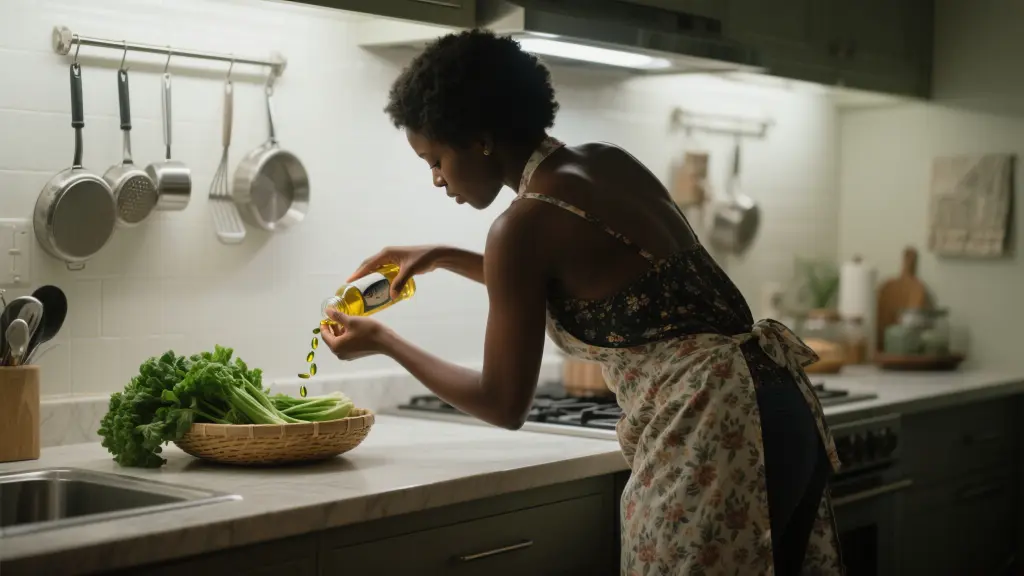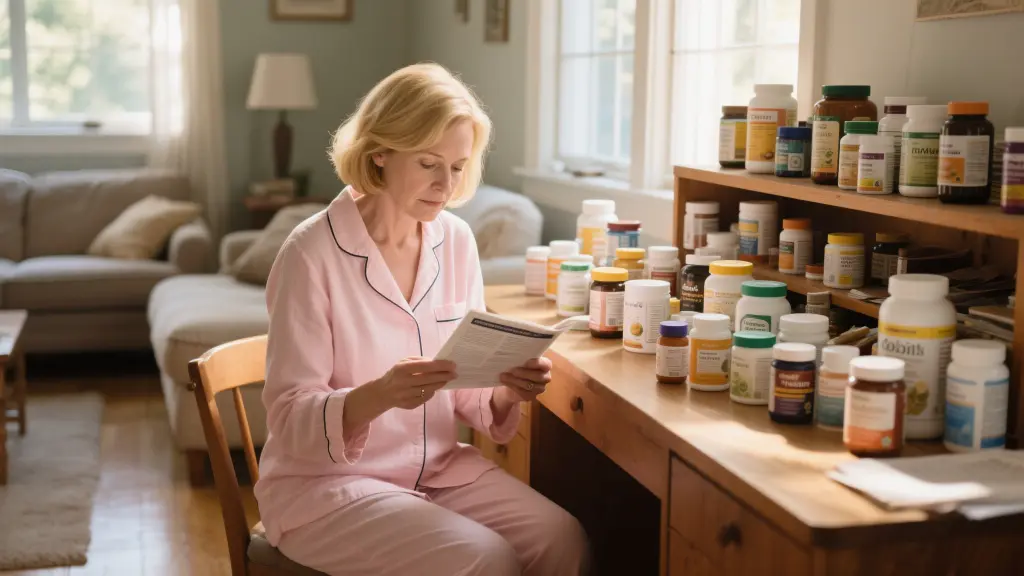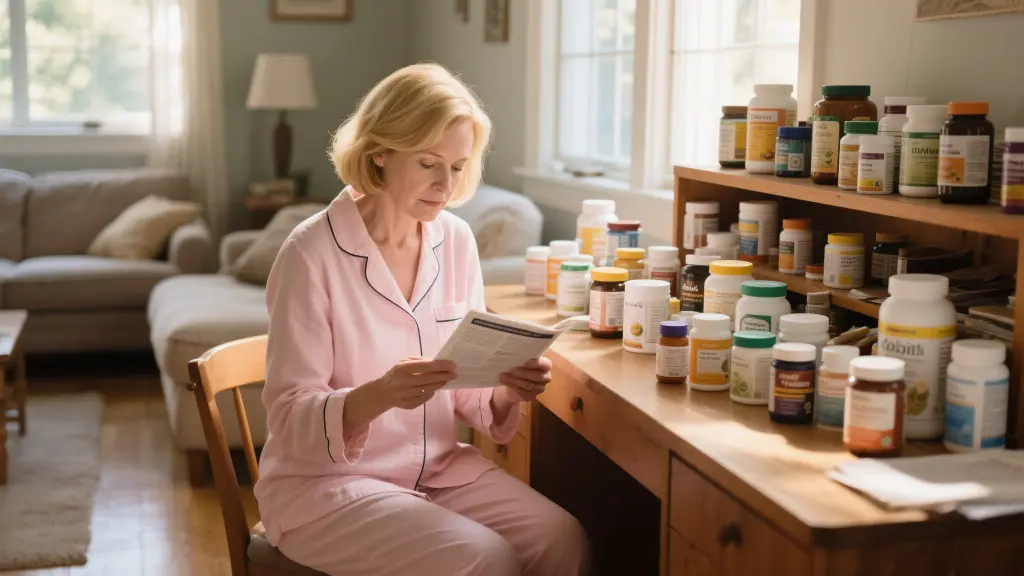Article directoryCloseOpen
- The Hidden Impact of Certain Foods on Blood Pressure
- Practical Tips to Lower Your Blood Pressure Through Diet
- Final Thoughts
- What are the top foods to avoid if I have high blood pressure?
- How does sodium affect high blood pressure?
- Can cutting out these 15 foods improve my blood pressure without medication?
- Are low-sodium alternatives truly effective for people with hypertension?
- How much sodium should adults with high blood pressure consume daily?
High blood pressure, or hypertension, is a common condition that can lead to serious health issues like heart disease, stroke, and kidney problems if not managed properly. When your blood pressure is consistently elevated above normal levels, your heart has to work harder to pump blood through your arteries, which over time can weaken the heart and damage blood vessels. Managing hypertension often involves lifestyle changes, medication, and monitoring your diet.
While medications are effective in controlling blood pressure, lifestyle modifications play a crucial role. Things like reducing salt intake, staying active, maintaining a healthy weight, limiting alcohol consumption, and quitting smoking are key strategies. But what might surprise many is how specific foods can influence your blood pressure levels, sometimes making management more difficult without you even realizing it.
The Hidden Impact of Certain Foods on Blood Pressure
Many foods that seem harmless or are part of regular eating habits can actually be detrimental for people with high blood pressure. These foods often contain high sodium levels or other ingredients that cause blood vessels to constrict or blood pressure to rise. By understanding which foods to avoid and why, you’re better equipped to control your hypertension effectively.
Common Foods That Elevate Blood Pressure
Here’s a look at some of the most common foods that can cause spikes in blood pressure:
Why These Foods Matter
Consuming too much sodium causes your body to retain water, increasing blood volume and pressure on artery walls. Unhealthy fats can contribute to atherosclerosis, further narrowing your arteries and making blood pressure harder to control. Avoiding these foods doesn’t mean giving up flavor altogether; it’s about making smarter choices and reading labels carefully.
Practical Tips to Lower Your Blood Pressure Through Diet
Switching to a low-sodium diet isn’t always easy, especially when most processed foods contain hidden salt. Here are some tips:
Foods Recommended for Your Hypertension Management
| Food Type | Benefits | Examples | Sodium Content (per serving) |

|||||
| Fresh fruits | Rich in potassium, helps lower blood pressure | Bananas, berries, oranges | Very low |
| Vegetables | High in nutrients and fiber, low in sodium | Leafy greens, broccoli | Low |
| Whole grains | Support heart health and regulate blood pressure | Oats, brown rice | Low |
| Lean proteins | Minimal saturated fats, helps control weight| Chicken, fish, legumes | Low to moderate |
| Unsalted nuts | Healthy fats, reduces inflammation | Almonds, walnuts | Low if unsalted |
Sample Meal Plan
Here’s a quick example of a heart-friendly meal:

By swapping out high-sodium foods for these alternatives, you’re taking active steps toward better blood pressure control.
Final Thoughts
Controlling high blood pressure is a balancing act, and diet plays a significant role. Knowing which foods are hidden sodium hazards helps you make smarter choices during grocery shopping and meal prep. Always keep an eye on food labels, go for fresh ingredients, and experiment with herbs and spices to add flavor without salt. Remember, small daily decisions have a big impact on managing your hypertension effectively.
Cutting out those 15 high-sodium and unhealthy foods can really make a noticeable difference in managing your blood pressure. When you lower your salt intake and avoid processed or greasy items, your body often responds positively by reducing blood pressure levels naturally. For many people, these dietary changes can lead to meaningful improvements without immediately needing medication, especially if combined with other lifestyle habits like regular exercise and stress management.
That said, it’s important to remember that everyone’s situation is unique. Some individuals may still need medication to keep their blood pressure within a safe range, regardless of how good their diet is. High blood pressure can be influenced by genetics, age, and other health factors, so consulting a healthcare professional before making any big changes or stopping medication is always the safest route. Your doctor can help design a plan tailored to your needs to manage hypertension effectively.
What are the top foods to avoid if I have high blood pressure?
You should avoid foods high in sodium such as processed meats, canned soups, fast food, salted snacks, and certain condiments. These foods can cause water retention and increase your blood pressure, making hypertension harder to control.
How does sodium affect high blood pressure?
Sodium causes your body to retain excess water, which increases blood volume and puts more pressure on your artery walls. This makes your heart work harder and raises your blood pressure over time.
Can cutting out these 15 foods improve my blood pressure without medication?
In many cases, reducing or eliminating high-sodium and unhealthy foods can significantly improve blood pressure levels. However, some people may still require medication depending on their condition and should always consult a healthcare provider.
Are low-sodium alternatives truly effective for people with hypertension?
Yes, low-sodium products help reduce overall salt intake, which is crucial for managing high blood pressure. Pairing these alternatives with fresh whole foods and healthy cooking methods maximizes their benefits.
How much sodium should adults with high blood pressure consume daily?
The general recommendation for adults with high blood pressure is to limit sodium intake to less than 1,500 to 2,300 milligrams per day, depending on individual health needs and doctor’s advice.
